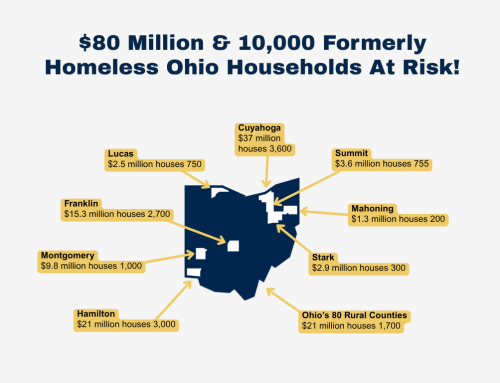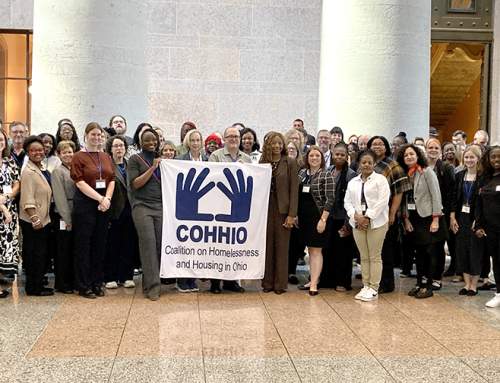Good news! Congress has agreed to include a $25 billion emergency rental assistance program in the economic relief bill expected to pass today.
Thank you to everyone who called and wrote your members of Congress to urge them to support for rent relief for people facing eviction during this pandemic. Both of Ohio’s U.S. senators – Sherrod Brown (D) and Rob Portman (R) – played important roles in getting housing assistance into the bill.
We anticipate that Ohio’s share of the total $25 billion will be approximately $778.1 million. Cities and counties with populations over 200,000 will receive a direct allocation.
The $55.8 million in Community Development Block Grant funding that the Ohio Development Services Agency recently allocated for the Home Relief Grant Program should cover the gap before the new funds reach our state.
Our friends at the National Low Income Housing Coalition report the following details on the rent relief package (Rent Assistance Fact Sheet):
- $25 billion for emergency rental assistance and utility payments will be funded through the Coronavirus Relief Fund and administered by the U.S. Department of the Treasury;
- Assistance can cover up to 12 months of back and forward rent, with an additional three months in certain cases;
- The CDC’s eviction moratorium will be extended one month to Jan. 31, giving the Biden Administration time to implement additional protections for at-risk tenants;
- Households below 80 percent area median income (AMI) are eligible for rental assistance funds if they qualified for unemployment insurance or experienced reduced household income or financial hardship due to the pandemic; and are at risk of homelessness or housing instability;
- States and localities must prioritize households below 50 percent of AMI or those who have been unemployed for 90 days;
- Landlords can apply for assistance on the renter’s behalf but tenant must cosign the application. Payments must be used to pay the tenant’s rental obligations;
- Cities and states can make payments directly to landlords or utility companies on behalf of renters. If a landlord refuses to accept rental assistance, it goes directly to renter to pay to landlord or utility provider;
- Up to 10 percent of funds can be used to provide case management and other services intended to help keep households stably housed;
- Extends the deadline for spending previously allocated Coronavirus Relief Funds to Dec. 31, 2021
Congress also finally passed fiscal year 2021 appropriations (for the fiscal year that started October 2020) with increases for many of the regular housing and homelessness programs administered by HUD and the USDA. The spending bill likely provides enough funding to renew existing contracts for the Housing Choice Voucher program and Project-Based Rental Assistance. The Homeless Assistance Grant program was increased 8 percent to $223 million. Congress also increased many other HUD programs and canceled the Continuums of Care funding competition for 2021 (NLIHC Summary).
The relief bill also contains a fix for the 4 percent Low Income Housing Tax Credit (LIHTC) program to make it easier to secure the financing and restart stalled affordable housing projects. It also allocates an additional $1.1 billion in LIHTC for states impacted by disasters.
What now?
- Let your members of Congress, especially Sen. Portman and Sen. Brown, know that you appreciate their support for emergency rental assistance in the economic relief package. (Find your member of Congress)
- Please remember COHHIO for your year-end charitable giving. This relief package is just the latest proof that strategic, persistent advocacy works! (Donate to COHHIO or become a member)
- Take some time to safely enjoy the holidays. With this relief bill, new leadership at HUD, and coronavirus vaccines on the way, 2021 already looks like a much better year than 2020.








